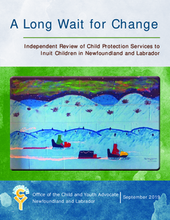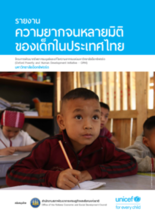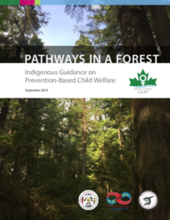Displaying 161 - 170 of 498
This chapter argues that poverty per se should never constitute the basis for removing children from their parents and seeks to understand the British situation, in order to see how poverty is treated in relation to child welfare in Britain.
‘Children Safe, Family Together', the new family and kin care model outlined in this paper forms an integral part of the overall strategy being currently implemented by Territory Families (TF) to transform Out-of-Home Care in the Northern Territory (NT) and address worrying trend data pointing to the significant over-representation of Aboriginal and Torres Strait Islander children in the NT child protection system.
This review was initiated by a formal request from Nunatsiavut Government to investigate Inuit children’s experiences in the child protection system in Canada.
This report presents a Child Multidimensional Poverty Index (Child MPI) for Thailand.
This report presents a Child Multidimensional Poverty Index (Child MPI) for Thailand.
This report explores the experiences of 64 Indigenous parents who have had engagement with the child welfare system in Canada. Their stories and expertise provide a wealth of knowledge about the strengths and weaknesses of current prevention-based efforts and programs. Their experiences demonstrate that, despite the Ministry for Children and Family Development’s (MCFD) emphasis on improving prevention-based services for Indigenous families, long-standing apprehension-focused practices continue to permeate the system.
According to this research, the unintended consequences of limited housing pathways puts Indigenous women at significant risk of having their children removed by Child Protection. The research examines how housing and other service responses need to be improved to meet the needs of Aboriginal individuals and families in the aftermath of domestic and family violence.
Through a thematic content analysis of qualitative interviews with members of migrants’ families, this article illustrates that in the context of internal labour migration, family responsibilities shift in ways that make unemployed grandmothers in South Africa who do not receive the Old Age Grant vulnerable.
The aim of this study was to describe lifetime involvement in child protection system (CPS) in South Australia, by type of contact.
This article describes how the disconnect experienced by Aboriginal children removed from their families and communities in Australia is understood as a dysphoria holding both body-focused aspects and cultural aspects.






